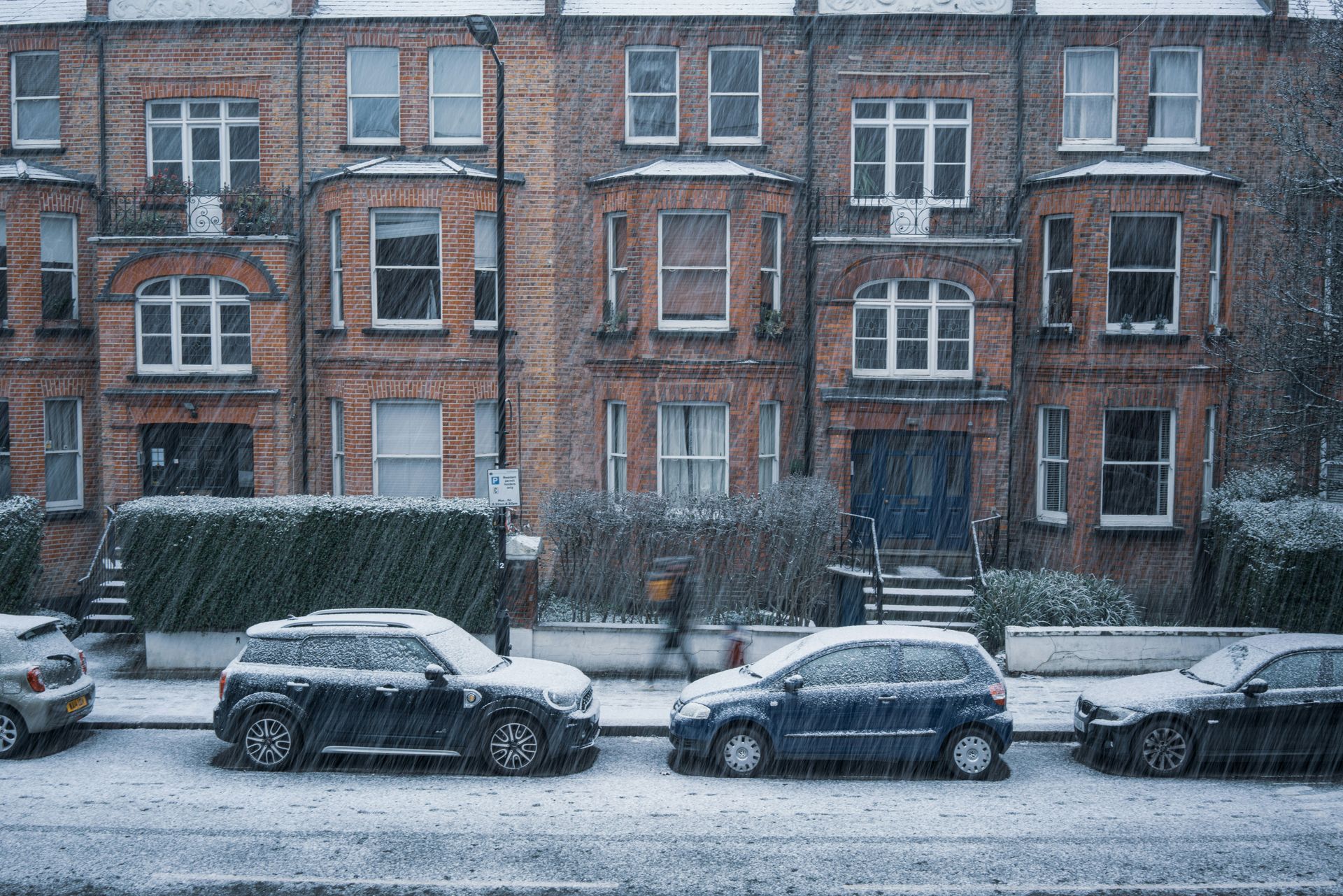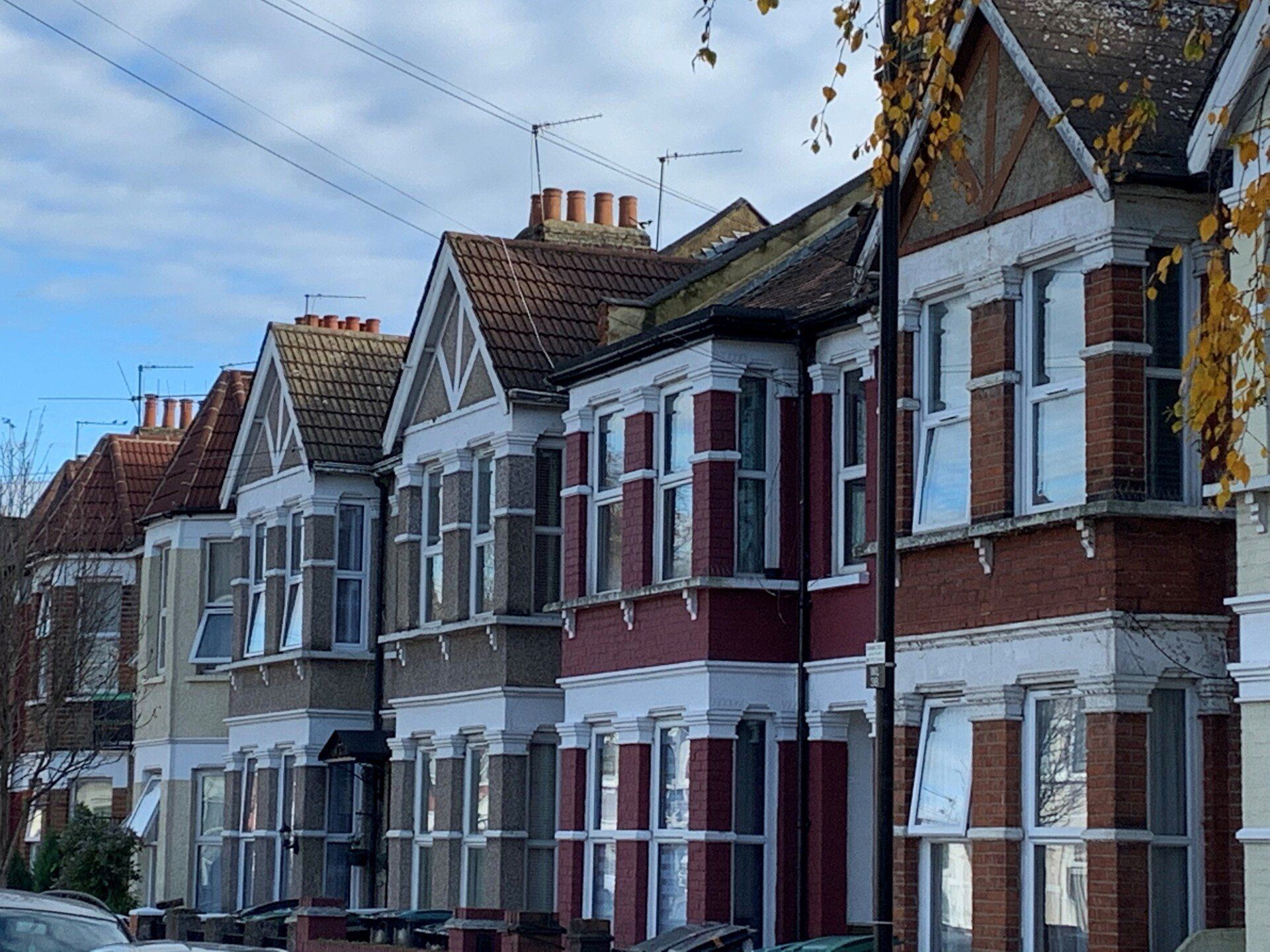When Your Neighbour Moves the Fence: How Boundary Determination Works in Practice
Disputes over property boundaries are more common than many homeowners realise. A fence moved a few inches or even a few feet can trigger confusion, tension, and sometimes legal conflict. Whether it’s an honest mistake or a deliberate act, understanding how boundary determination works in practice can help you resolve the issue calmly and correctly.
In this blog, we’ll explore what to do if your neighbour moves a fence, how property boundaries are determined, and the practical steps to take to protect your land and maintain good relations.
1. Understanding Property Boundaries
A property boundary defines the legal limits of your land. It’s usually marked by physical features such as fences, walls, hedges, or posts. However, these markers don’t always align perfectly with the official legal boundary recorded in property deeds or land registry plans.
It’s important to note that:
- The legal boundary is the precise dividing line between two properties.
- The physical boundary (like a fence) may not always sit exactly on this line.
Fences are often erected for privacy or convenience, and sometimes they end up slightly off from the actual boundary. That’s why a moved fence doesn’t automatically mean your neighbour is encroaching verification is key.
2. Common Reasons Neighbours Move Fences
Fences can be moved for various reasons, some innocent and others more contentious. Common situations include:
- Replacing an old or damaged fence and not being sure of the exact original position.
- Extending a garden or driveway without verifying the legal boundary.
- Misunderstanding the property plans during renovation or landscaping work.
- Intentional land encroachment, where one neighbour deliberately shifts a fence to claim extra space.
Whatever the reason, identifying the motivation can help determine the best way to approach the issue, whether through friendly discussion or professional intervention.
3. Check Your Property Documents
The first step is to verify where your property line officially lies. Gather and review:
- Title deeds: These documents describe the boundaries of your property, often using written descriptions.
- Land Registry title plan: Shows your property outline based on an Ordnance Survey map.
- Conveyance or transfer documents: May contain older or more detailed boundary information.
However, keep in mind that Land Registry plans are usually not exact, they’re drawn to scale but rarely pinpoint the boundary with absolute precision. For that, you may need professional assistance.
4. Engage a Party Wall or Boundary Surveyor
If your documents don’t make the boundary clear, the next step is to hire a qualified surveyor who specialises in boundary determination.
A boundary surveyor can:
- Examine historical documents, maps, and aerial photographs.
- Conduct on-site measurements with advanced tools like GPS and laser scanners.
- Identify the likely position of the true legal boundary.
- Provide a detailed report that can be used in discussions or legal proceedings.
In the UK, RICS (Royal Institution of Chartered Surveyors) registered professionals are the go-to experts for this type of work. They can help ensure impartial and accurate results.
5. Open Communication with Your Neighbour
Before jumping to conclusions, it’s wise to talk to your neighbour. Often, a calm conversation can resolve the matter without escalation.
Approach them politely and:
- Explain what you’ve noticed.
- Ask if they have any documents or reasons for the fence’s new position.
- Suggest reviewing your property deeds together.
Sometimes, neighbours simply weren’t aware of the exact boundary or assumed the position was correct. Having a professional boundary surveyor involved can make the conversation more fact-based and less emotional.
6. When to Involve a Solicitor
If communication fails or the issue remains unresolved, it might be time to consult a property solicitor experienced in boundary disputes. A solicitor can:
- Review your property title and surveyor’s report.
- Advise you on your legal rights and next steps.
- Contact your neighbour formally with a letter of claim if necessary.
- Help negotiate or mediate an agreement.
In many cases, solicitors help settle disputes before they escalate to court, saving both sides time, money, and stress.
7. The Role of the Land Registry
If both parties agree, the Land Registry can help formalise the boundary. You can apply for a “determined boundary” by submitting:
- A detailed survey plan by a qualified professional.
- Evidence supporting your claim.
- Written consent or comments from your neighbour.
Once approved, the determined boundary becomes legally binding, removing ambiguity for future property dealings or sales.
8. Avoiding Escalation: Mediation and ADR
If relations are strained, mediation or Alternative Dispute Resolution (ADR) can be a constructive alternative to court. A neutral mediator helps both parties reach a mutually acceptable agreement.
Benefits include:
- Lower costs compared to litigation.
- Faster resolution.
- Preserving neighbourly relationships.
Many local councils and property law firms offer professional mediation services tailored for boundary disputes.
9. Legal Action as a Last Resort
If all else fails, you may need to take legal action. The court can issue a ruling on the correct boundary and may order the fence to be repositioned. However, litigation should be considered a last resort, as it can be:
- Expensive and time-consuming.
- Emotionally draining.
- Potentially damaging to neighbour relationships.
A strong case supported by surveyor reports, legal documents, and photographic evidence increases your chances of success if court proceedings become necessary.
10. Preventing Future Boundary Problems
Once your boundary issue is resolved, take steps to prevent it from recurring:
- Keep detailed records: Retain copies of surveys, plans, and correspondence.
- Erect clear, permanent markers: Use sturdy fences or posts aligned with the confirmed boundary.
- Agree in writing: If you and your neighbour reach a mutual understanding, formalise it in writing.
- Regular maintenance: Keep fences and markers in good condition to avoid future misunderstandings.
A proactive approach saves time, avoids legal headaches, and ensures harmony in your neighbourhood.
Conclusion
Boundary disputes, especially when a neighbour moves a fence can be frustrating, but they’re manageable with the right approach. The key is verification, communication, and documentation.
Start by checking your property records, then involve a boundary surveyor if necessary. Maintain open dialogue with your neighbour, and only pursue legal action as a final step. Remember, boundaries are not just about property lines, they’re about maintaining respect and cooperation between neighbours.
By understanding how boundary determination works in practice, you can handle disputes confidently, protect your property rights, and preserve peace where it matters most, right next door.
For friendly professional advice, contact us or call now and speak with a specialist Party Wall Surveyor.










